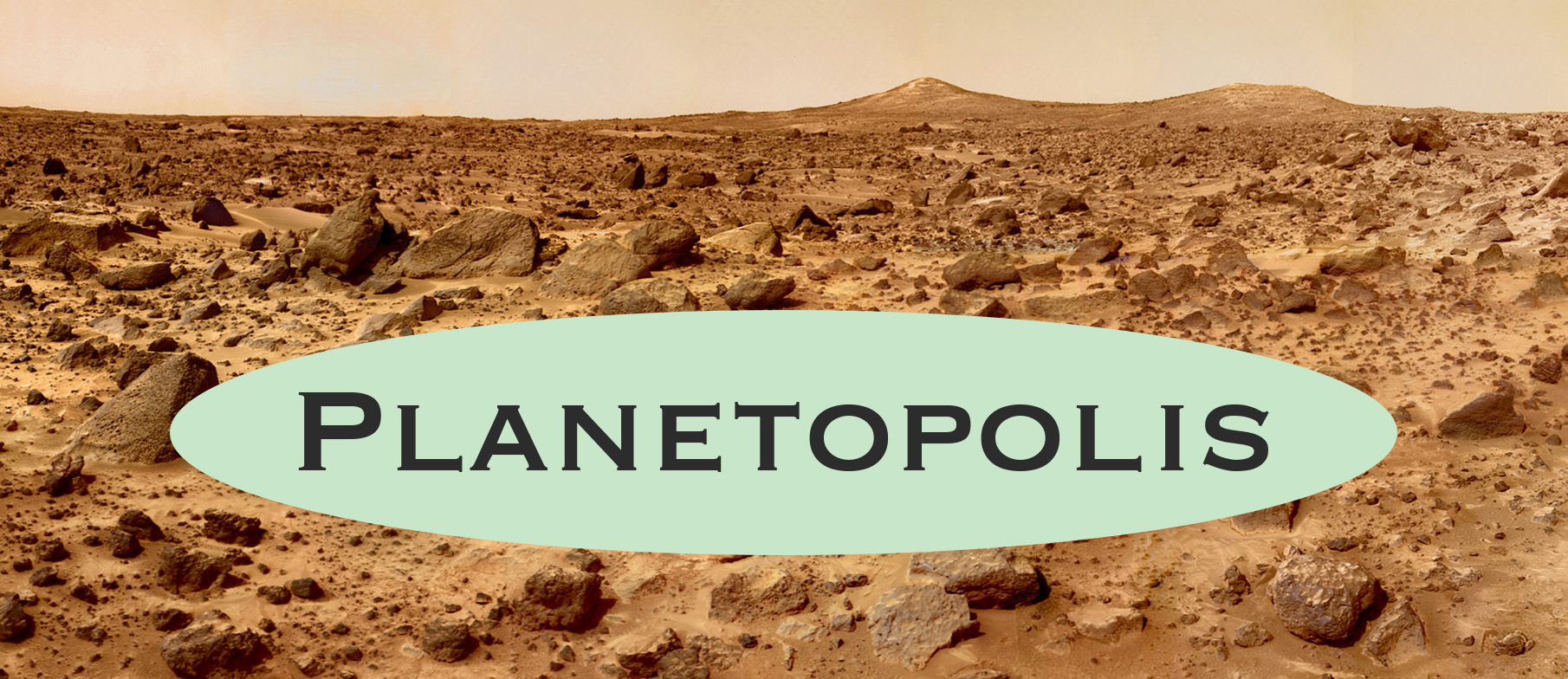I wish to form a new private company, working name Planetopolis.
I am looking to recruit partners who will help me to refine its business strategy and produce a pitch which will be attractive to investors.
Read an overview of the planned company below, or use the links above for more information.
The Context
(1) The next stage in the evolution of human civilisation on Earth will involve a reversal of the current trend of the globalisation of flows of material goods. Energy supply, food supply and manufacturing will all become increasingly localised, with each city increasingly approximating a state of material self-sufficiency, while remaining connected to the global electronic media network.
(2) The forces driving such global localisation are the increasingly obvious need for long-term stability vis-à-vis the natural environment, with pollution reduced to levels which do not further degrade the ability of that environment to continue to support the human and other species, and the ongoing trend towards greater efficiency of all industrial processes.
(3) The efficiency trend can be seen in a number of specific areas, including local clean energy, cultured and microbial farming to avoid the raising and slaughter of live animals, intensified recycling of human and industrial wastes, 3D printing, biofabrication, and online working and conferencing.
(4) By a happy coincidence, self-sufficiency of an urbanised population using technologies such as the above will be essential for the first cities on Mars and beyond, due to the complete absence of any pre-existing agricultural or industrial hinterland at these locations, and the high transport costs and long delivery times from Earth.
(5) While cities on Mars are highly desirable from the point of view of the continued growth, security and creativity of human civilisation, the high costs involved in setting them up, together with their intrinsic internal complexity, mean that simulations must be run on Earth first in order to validate their functioning. At the same time, the terrestrial deserts coming closest to Mars-analog conditions are still vastly less hostile than Mars itself, and vastly cheaper to access. Therefore we will see high-tech urban habitats established in terrestrial deserts before the necessary technological and social innovations develop the maturity required in order for similar units to survive on Mars.
(6) The above points lead to the conclusion that at some time in the next few decades, assuming terrestrial civilisation continues to thrive, then one or more urban centres will be built in terrestrial desert conditions. They will serve as proving-grounds for the critical enabling technologies needed both to improve the sustainability of cities on Earth, and to validate designs for cities on Mars. These desert cities will be permanent and will grow to typically urban population sizes and densities.
The Company Strategy
(7) There is a need for a new company, which we shall call Planetopolis. It will focus on one or more relevant emerging technologies, either developing and marketing a particular one, or else acting as architect and real-estate developer to draw a range of new technologies together and integrate them into a functional whole tailored to the needs of specific customers. It is possible that these two approaches can be combined, depending on what opportunities present themselves.
(8) The precise strategy can only be decided once a number of partners have been recruited. Once there is a firm strategy then the size of the capital investment that will be necessary to get the company started will be known.
(9) Planetopolis will have from the outset two divisions. Its commercial division will market products and services for profit in the general national and global economy. Its research division will use those profits to build and operate a series of urban habitats for increasing numbers of people, progressively more isolated from the mainstream economy and progressively more reliant on localised technologies for energy, food production, manufacturing and recycling.
(10) It is intended that the commercial products and services will be employed also by the research division, and that the research division’s results will feed back into new commercial products and services.
(11) The research habitats may be thought of as a continuation of the Biosphere 2 project, undertaken privately in the early 1990s. Just as then, Planetopolis maintains the dual vision of improving human life within its biospheric support system on Earth, while at the same time enabling new centres of that same life to be founded and grow on Mars. The major way in which Planetopolis will improve upon Biosphere 2 will be to coordinate research together with profit-making activities, thus making the whole programme sustainable in the long term. Given that long-term stability, it then becomes possible to launch a series of progressively more ambitious approximations to self-sufficiency.
(12) Planetopolis will remain a privately owned company. It will not go public on the stock market, and will not relinquish control to individuals who do not share its dual Earth/Mars vision.
